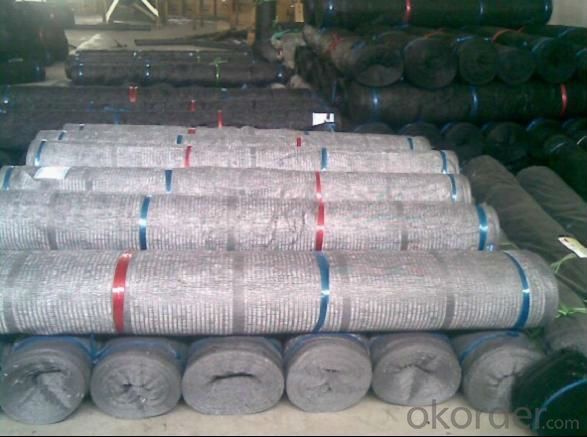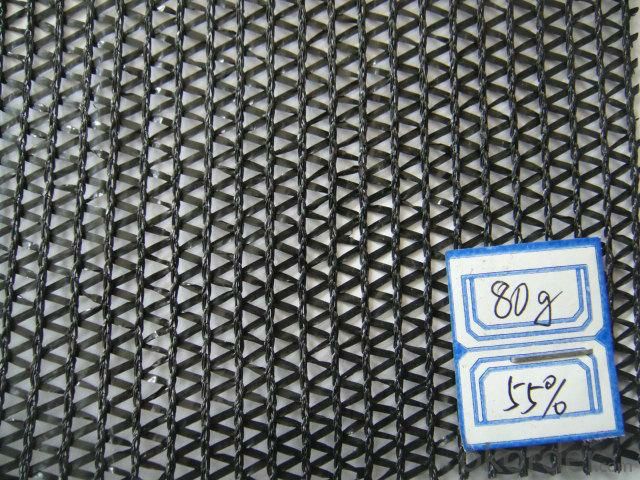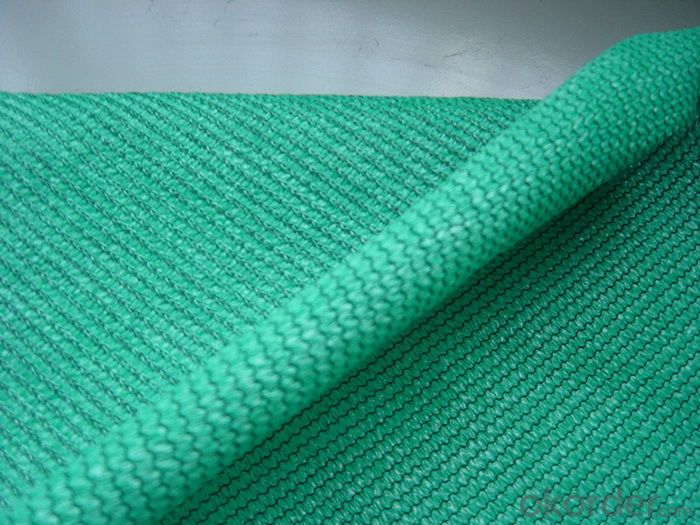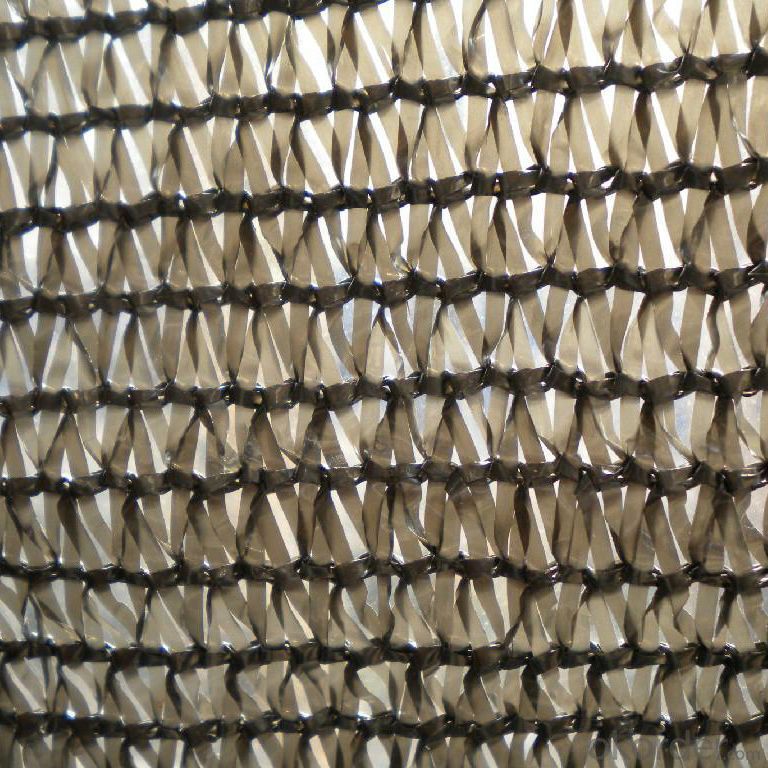Packaging & Delivery
| Packaging Details: | plastice bags |
|---|---|
| Delivery Detail: | 7 days |
OKorder Service Pledge
OKorder Financial Service
You Might Also Like
Type:Shade Sails & Enclosure Nets
Place of Origin:Hebei, China (Mainland)
Sail Material:HDPE
Sail Finishing:PVDF Coated
| Packaging Details: | plastice bags |
|---|---|
| Delivery Detail: | 7 days |
1.Material:HDPE;0.3%UV
2.Weight:27-90/sqm
3.width:0.6-6M;length:any
4.shading rating:30%-95%
5.5 years' using;OEM accepted
1.Description
Description | shade Net |
Material | 100% virgin HDPE |
Net Weight | 30-40-60-100-130-150G/M2 |
Shading rate | 30-99% |
Colour | blue;black(as per required) |
Width | 0.6-6M(as per required) |
Roll Length | 1-50M;1-100M;1-200M (as per required) |
Type | Wrap knitted Weaving: Two-needle shade netting, three-needle, four-needle, six needle and nine needle netting |
Delivery Time | within 15days after the order of 20fcl |
Export market | Japan;Italy;Germany;Singapore;France;New Zealand |
U.V. | As per required |
M.0.Q. | 1.5-2T |
Terms of Payment | T/T;L/C |
Supplying capacity | 70T/MONTH |
Packing | 1.one roll packed with one strong PP bag with one color label |
2.Product Characteristics:
--Fastness and durability: shade net made of strong monofilament yarns can effectively keep the vermin away outside and abates the fierce of hail and downpour. It is a kind of more economic and practical product
--Long usage: the additives imported from abroad display the functions of anti-contraction, anti-UV, anti-brittleness, etc; besides, the applied UV stabilizers are resistant to both acidic and alkaline chemicals
--Cooling/heating: cooling by 3 - 5°C effectively in hot summer and reducing heat radiation from greenhouse in winter So the night frost damage will be limited to a minimum
--Folding style, simple operation: the strong filament yarns used to connect PEN F, give it a long usage lifespan, when being folded up, PEN F takes up little space .
3.USE
--Floriculture, Indoor Plants, Fruit Plants, Tea, Coffee, Caradamon, Peper, Spices, Vegetable nursery, Forest
--nursery stock, Cattle shed, Fish ponds, Poultry farming, wells, General purpose shading.
--Drying of Agroproducts, As a wind braker and during building construction,safety net, guard net, carport, awning, construction net.
4.About Factory:
--Experience:We have 13 years' experience of manufacturing various kinds of nets.Wanlida is a name that stand for quality,durability,originality.
--Good after Sales Service:Shipment&Sample quality includes using life&nets maintenance.Any small problem happening in our nets will be solved at the most prompt time.We always offer relative technical support/consultant.Quick response:All your inquiry will be replied within 24 hours
Market:Our products and design are solved well in Japan,Singapore,Australia,North America.And also we are open up our second large market ----EUROPE market.
5.picture:





Send your message to us
OKorder Service Pledge
OKorder Financial Service
Similar products
Hot products
Hot Searches
Related keywords